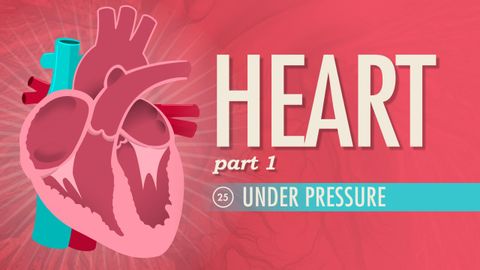心臟,第一部分--壓力之下。速成班 A&P #25 (The Heart, part 1 - Under Pressure: Crash Course A&P #25)
Hsiu Ming Hsieh 發佈於 2021 年 01 月 14 日  沒有此條件下的單字
沒有此條件下的單字US /ˈprɛʃɚ/
・
UK /'preʃə(r)/
- n. (c./u.)壓力;壓;擠;緊迫;催促;壓力;壓力 (物理學);壓力 (印刷);時間壓力;政治壓力;血壓
- v.t.施壓;迫使...做某事
- v.t./i.離開;別離;死後留下;使保持(某狀態);沒有吃完(或用完);遺留;使…成為
- n. (u.)允許;同意;假;休假
- n. (c./u.)剩菜
- n. (c./u.) 層 ; 一層;覆蓋層;層 (衣服);地層
- v.t.層
- n. (c.)蛋雞

